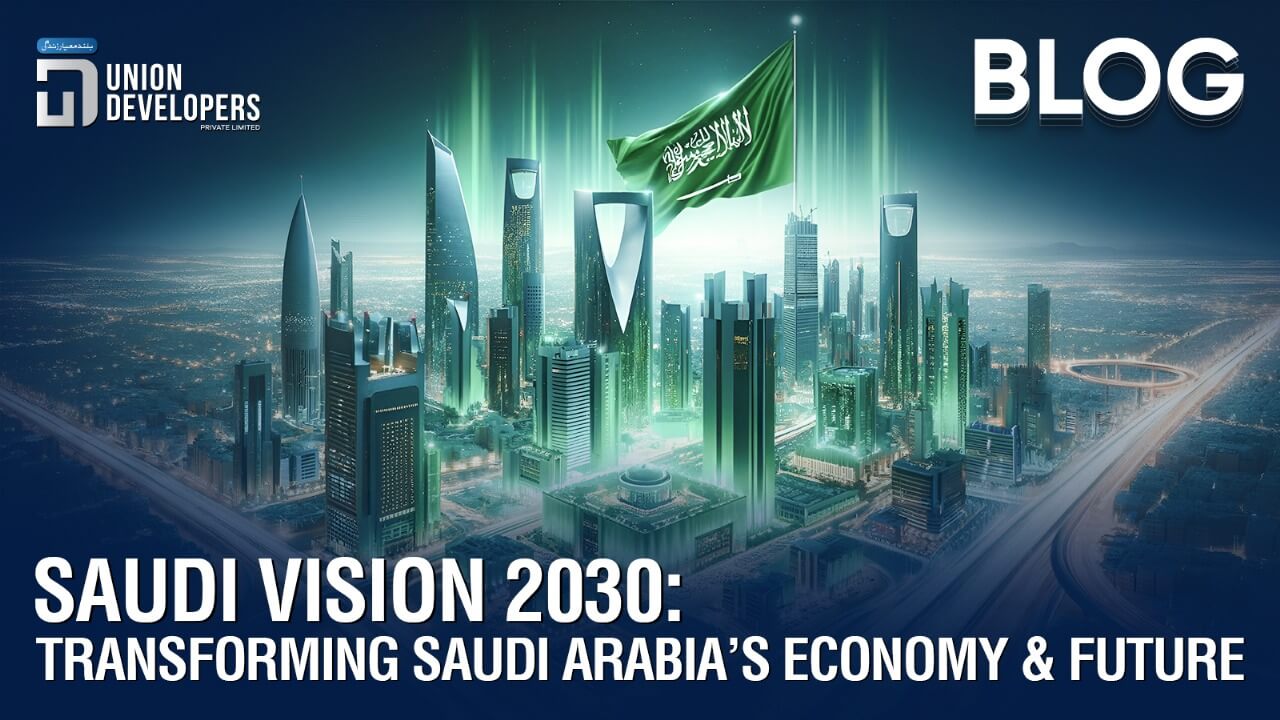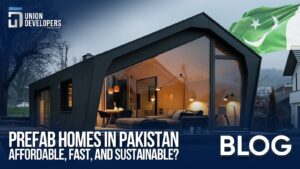Saudi Vision 2030 is a project by the government launched by Saudi Arabia. It aims to achieve the goal of increased diversification socially, economically and culturally by the Saudi Crown Prince and Prime Minister Mohammed bin Salman’s vision. It was announced first on 25 April 2016 by the Saudi Government. In this blog, we will discuss Saudi Vision 2030, its progress and upcoming plans.
What is Saudi Vision 2030?
Saudi Arabia’s Vision 2030 program is a strategic framework for diversifying the economic, cultural, and social life of the nation. Saudi Vision 2030 was launched in April 2016 by the Crown Prince and Prime Minister. This program aims to diversify the economy of the Kingdom, demonstrate social progress and also raise the profile of many sectors. It promises to provide huge opportunities for any company looking to start in Saudi Arabia.
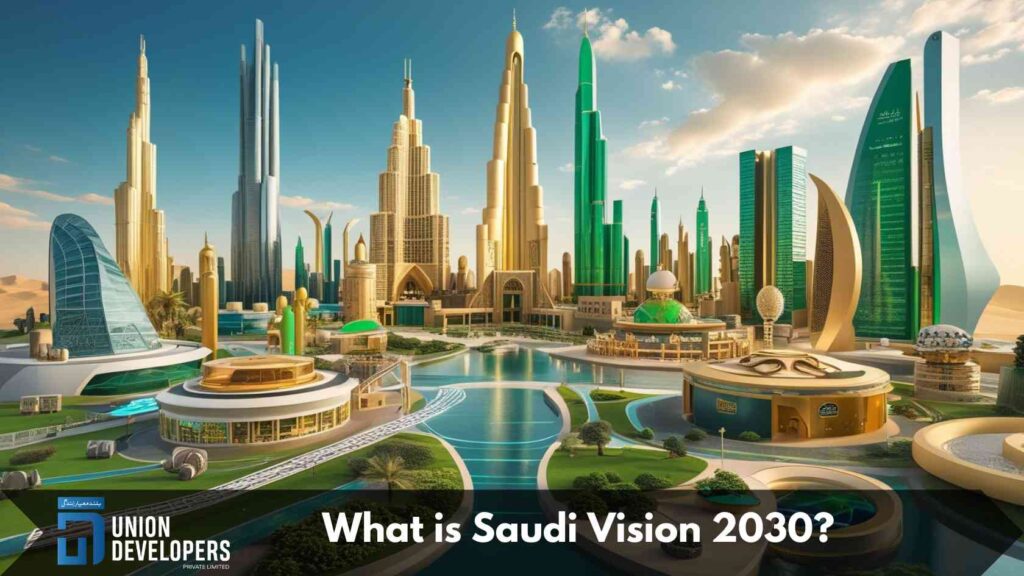
Why Vision 2030?
As you know, Saudi Arabia is the world’s largest oil exporter and also a kingpin of OPEC; the oil industry makes up 43% of Saudi Arabia’s economy. It provides 75% of government revenue. Yet, according to the prediction by the International Energy Agency (IEA), the world will reach the peak of oil. This will be the point at which oil demand and production will decline in 2030.
This prediction has convinced the ruling House of Saud that a bright future depends on broadening its economic base. At the current oil dependency level, if there were any market decline, oil demand would plummet the GDP of Saudi Arabia. Hence, Vision 2030 is the master plan to prevent this.
The Crown Prince’s reformist tendencies have extended the parameters of the project beyond industrial strategy. He is using the scheme to move closer towards his promise to make Saudi Arabia a moderate nation.
It aims to achieve cultural and social objectives, from increasing women’s presence in civil service and boardrooms to developing the arts sector.
Now let’s have a look at the Vision 2030 program aims and also assess the progress till now.
Vision 2030’s Three Pillars
The Saudi government has outlined three pillars of this program: to create a thriving economy, a vibrant society, and an ambitious nation. Each pillar has specific goals and initiatives that will work together to reshape the Kingdom’s society, politics and economy.
Vibrant Society
This focuses on the better citizens’ quality of life in Saudi Arabia and a sense of national pride and identity through cultural and social development.
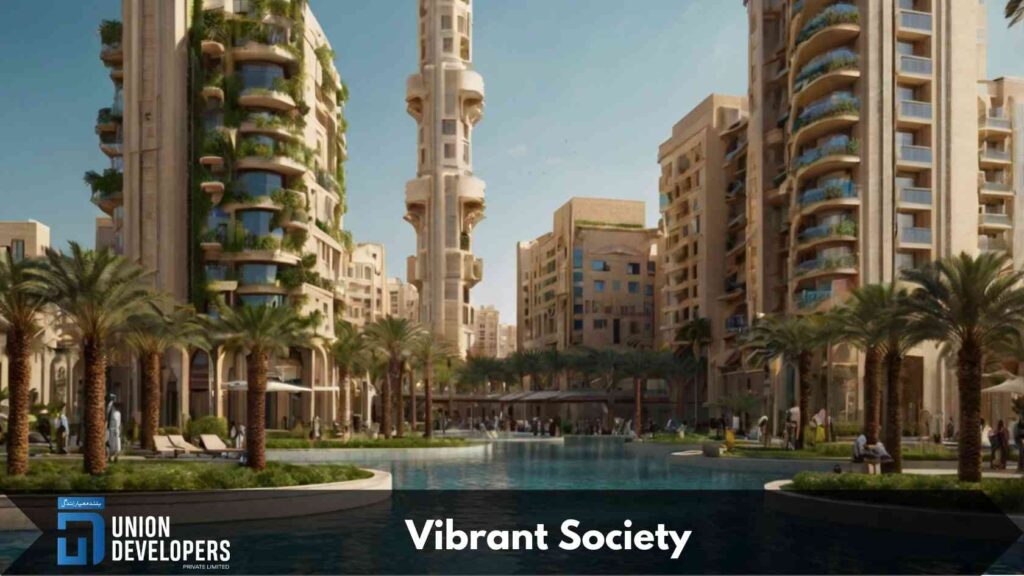
It further includes initiatives like increasing the number of Umrah visitors from 8 million to 30 million annually. Also establishing the largest Islamic museum in the world and doubling the number of Saudi heritage sites.
Its major goals include increasing average life expectancy from 74 to 80 years, achieving tenth place in the Social Capital Index ranking and seeing three Saudi cities ranked among the top hundred global cities. Also, to ensure 40% of citizens exercise at least once a week and welcome 30 million annual Umrah visitors. Moreover, housing spending on entertainment and local culture increased by 6%, doubling the country’s presence on the UNESCO World Heritage List.
Also, the government wants to expand access to healthcare services and foster values of moderation and tolerance by promoting the Arabic language.
A Thriving Economy
This pillar is the test of the Saudi Vision 2030 program and it gives direction and shapes the ambition of widening the state’s industrial base. To do so, the Saudi government is planning to attract a huge amount of foreign direct investment in sectors with petrochemical connections.
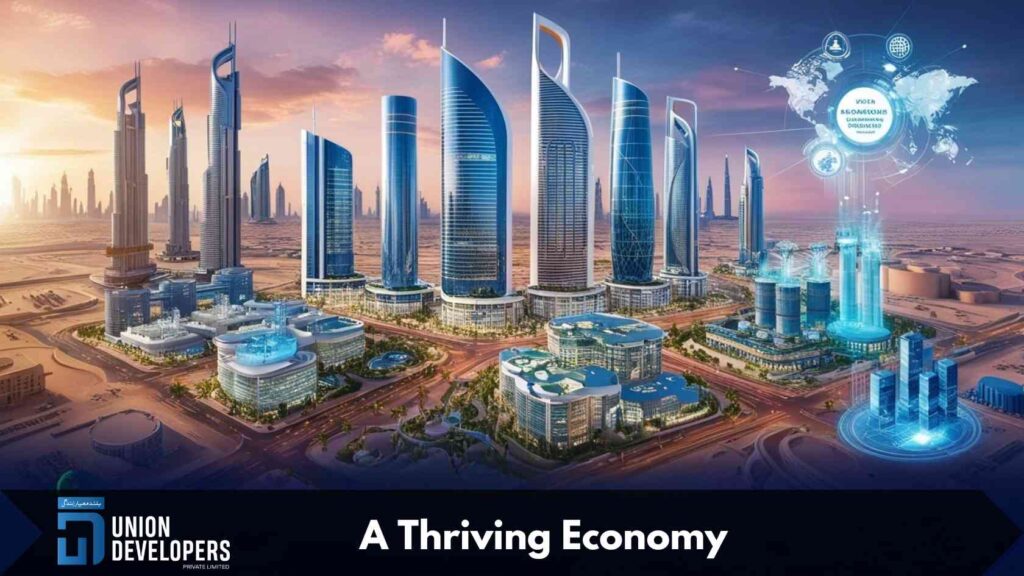
This will be achieved by creating several tax-free special economic zones and privatising state-owned entities.
The major goals of this pillar are to increase Saudi Arabia’s share of non-oil exports, raise private sector contribution to 65% of GDP, and increase foreign direct investment contribution to GDP to 5.7%.
Moreover, it aims to enter the top ten ranking in the Global Competitive Index and enter the top 15 largest world economies. After the project’s completion, KSA will be able to increase the localisation of the gas and oil sectors to 75% and also 30% of women working in the workplace.
An Ambitious Nation
The third pillar of this project aims to transform the rigidly authoritarian structure of the Saudi state. Turning toward Western-style democracy is a long way off; the planned reforms indicate a ‘leaner’, less opaque and more productive state.
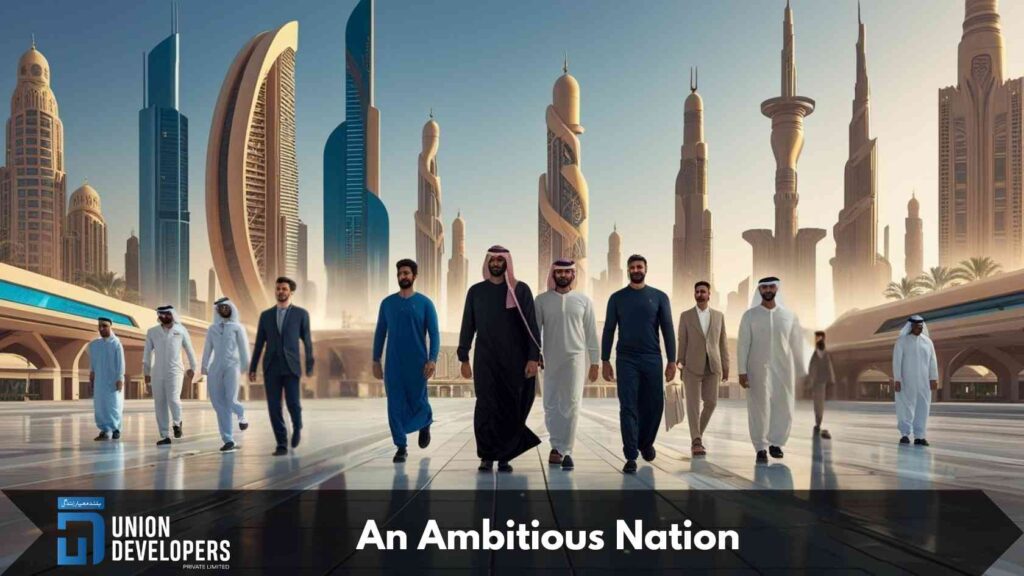
An anti-corruption drive signals harsh punishments for misconduct. This aims to make all parts of the government more transparent. Vision 2030 impacts civil society as well.
It targets one million citizens volunteering annually and increases the nonprofit sector’s contribution to 5% of GDP. Moreover, it aims to increase household savings from 6 to 10% of total income and enter the top five places of the E-Government Survey Index ranking.
The Execution of Vision 2030
This initiative may be the world’s farthest-reaching industrial strategy, urging every part of Saudi society to contribute. The state has made a few instruments to execute this collective action known as the Vision Realisation Programs (VRPs). The important VRPs include the following:
- National Transformation Program (NTP)
- Financial Sector Development Program
- National Industrial Development and Logistics Program
- Public Investment Fund (PIF) program
- Human Capability Development Program
- Health Sector Transformation Program
Performance of Saudi Arabia’s Vision 2030 so far
The progress of Vision 2030 has a mixed picture so far, with some targets smashed while others still seem undone. However, in 2030, Saudi Arabia will be different from it was in 2016.
Now, non-oil revenue has more than doubled, reaching 50% of real GDP. The private sector’s contribution has reached 45% of GDP. Female labour force participation has increased, reaching 35% and home ownership has increased from 47% to 67%.
Wrapping Up
Saudi Arabia’s recent initiative Vision 2030 has some big goals to achieve by 2030. It is 2025 now and we can notice many changes already. Vision 2030’s architects can certainly notch some considerate wins at the half-time bell. With the major advancements in Saudi Arabia’s real estate, industrial, and infrastructure sectors, the nation is achieving its goals steadily. While challenges come, the milestones reached promise a brighter future for Saudi Arabia as a globally competitive economy.
